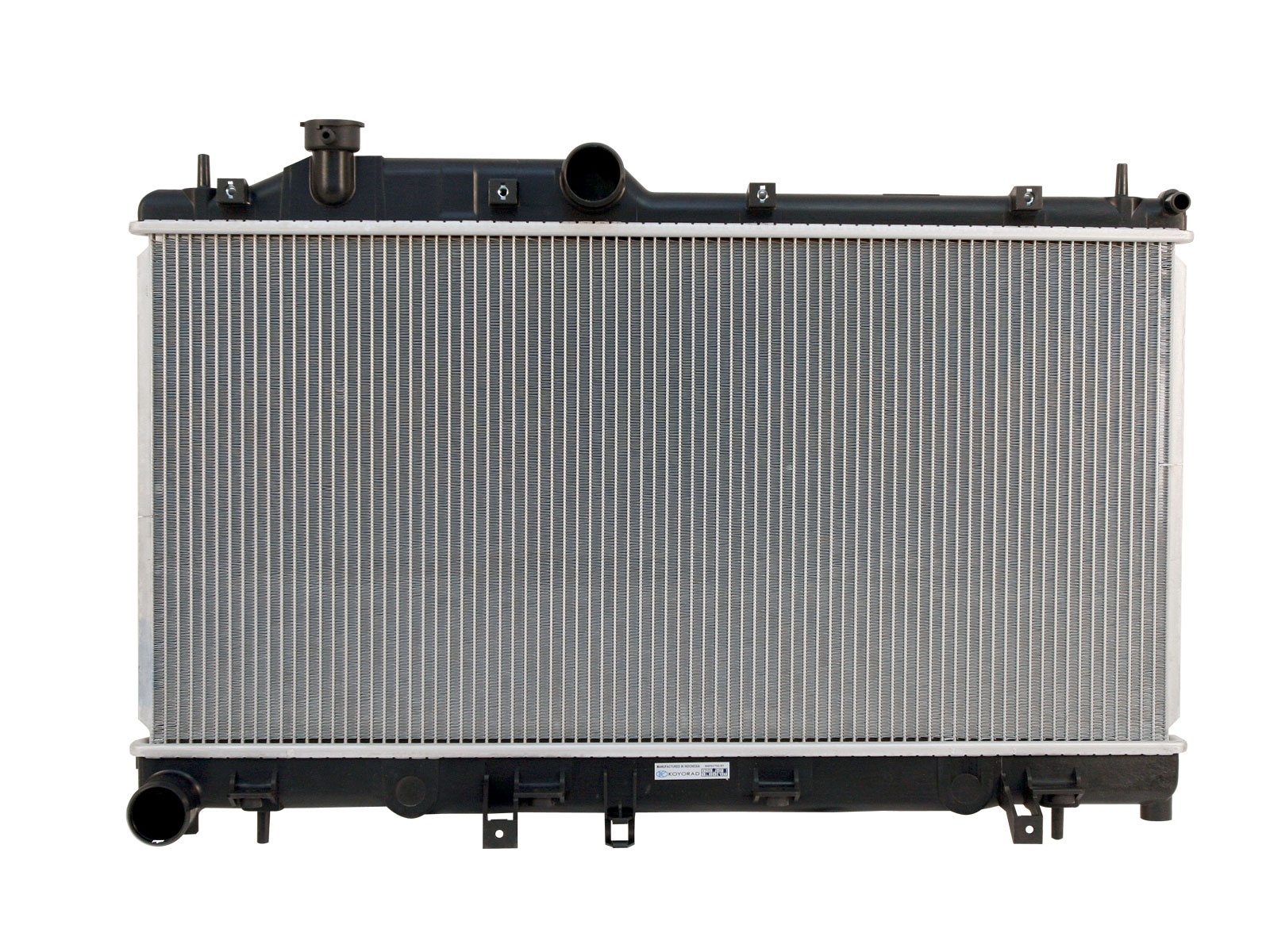The car radiator is designed to protect the internal combustion engine. A car’s engine is consisted of numerous moving parts, so during work, the friction between these moving parts creates enormous heat. As a result, with the accumulated heat, parts of the engine become boiling hot, and your engine faces the danger of overheating and seizure. This is where the radiator system comes into play. The engine of a car contains many passages, through which a mixture of water and anti-freeze flows to pick up excess heat from the car engine and then passes through the radiator, where it is cooled by the rapid flow of air. The cooled mixture then returns to the engine to pick up more excess heat. To put it simply-the radiator cools the coolant which flows to cool the engine.
Radiator stores engine coolant for circulation throughout the engine. It is placed at the front of the engine and exposed to the atmosphere to keep coolant cool to maintain proper engine temperature. When this superheated engine coolant exits the engine block, it returns through a large rubber hose. This component is designed to maximize surface area through a significant number of internal folds and chambers. As the hot engine coolant moves through these nooks and crannies, excess heat is drawn out through the walls. An electrical or belt-driven fan may force cooler outside air through the radiator to accelerate this cooling process.
A radiator does not contain any electronic parts of its own. It relies on special sensors to register the temperature of the coolant as it exits. There is usually a wide range of temperatures considered to be within normal parameters for the coolant. When the coolant goes through the system, it flows through a thermostat, which controls the rate of flow back to the radiator. . This is where it is then cooled again by convection with the air. This process will cool the entire engine.
If you heat the inside of a vehicle, it will also help to keep the engine cool. So you are always advised by a mechanic to turn on the heating inside the vehicle if the engine of your vehicle is overheating.
The engine needs to be just hot enough, but not too hot to have a high performance. To keep the interior of the vehicle warm, a small radiator called the heater core is used. To operate this small radiator inside the vehicle a system of valves and/or baffles is usually incorporated into it.
The radiator is the main part of the car’s cooling system, works to ensure exactly the right temperature for the car’s engine to operate at maximum potential.

Car radiator: engine’s protector
by
Tags:
